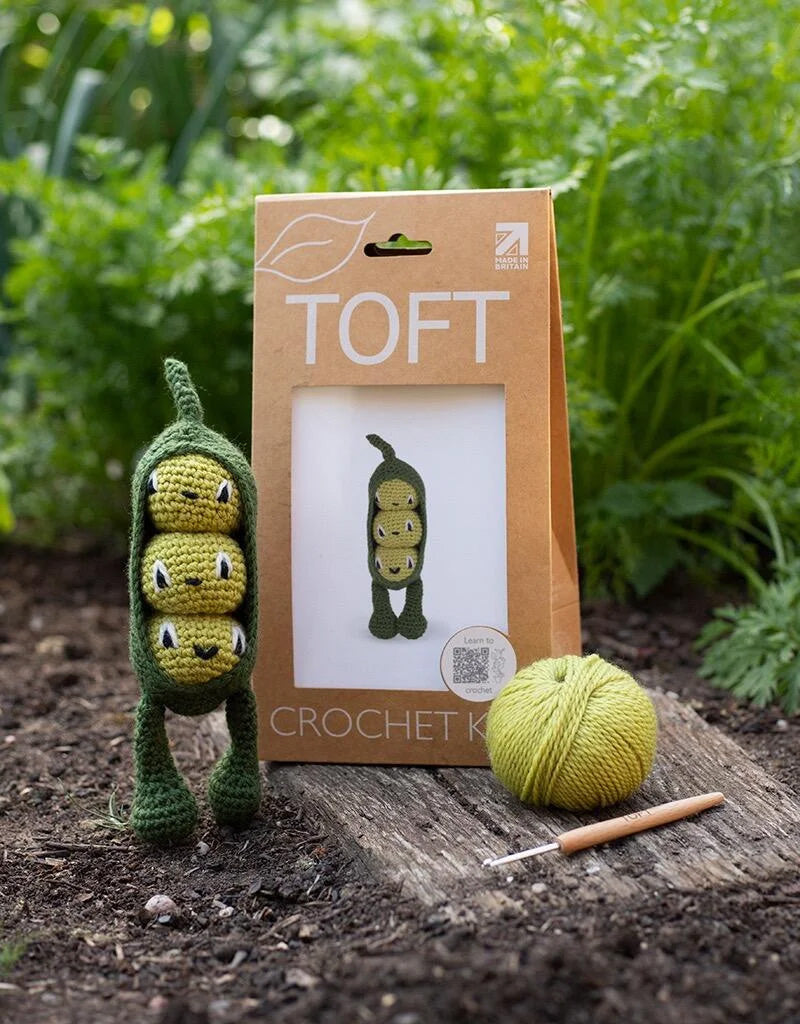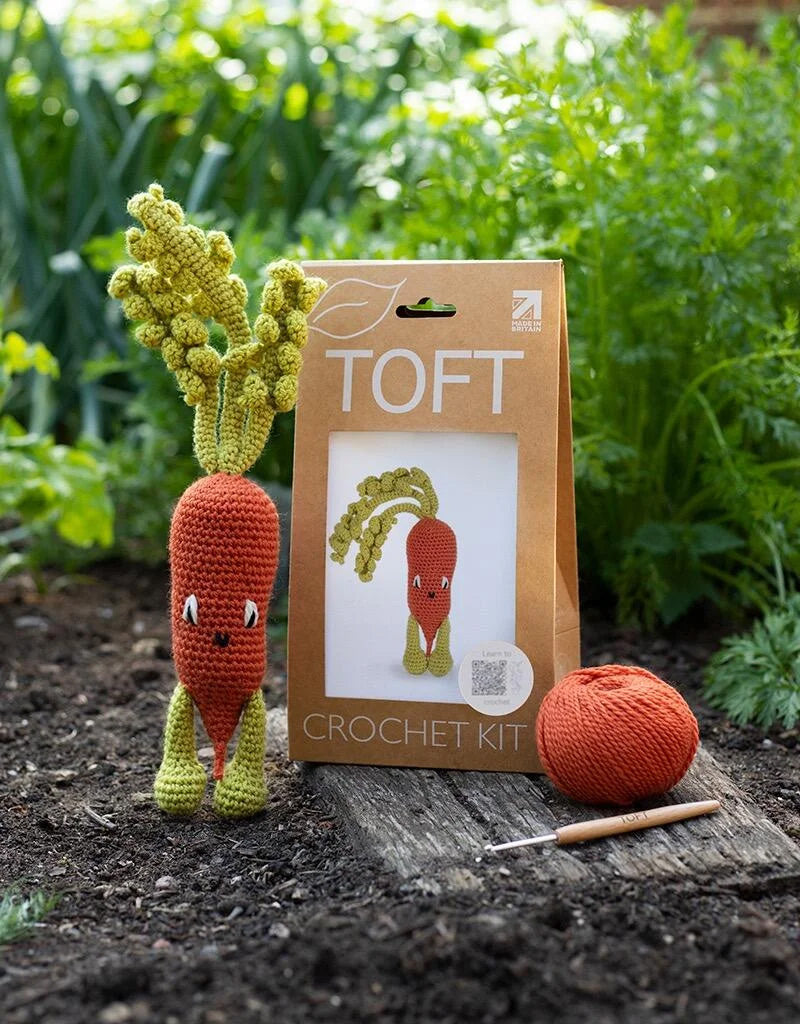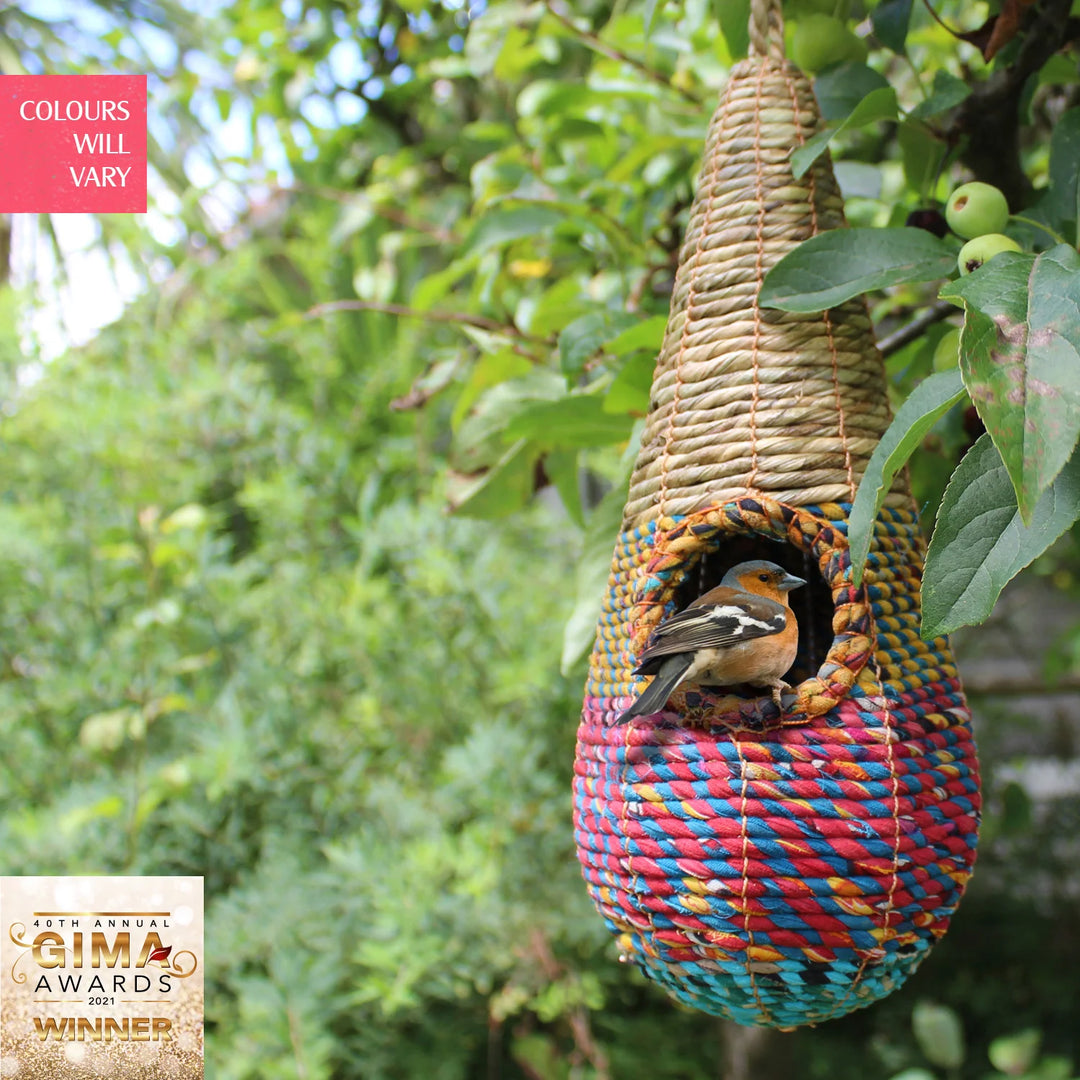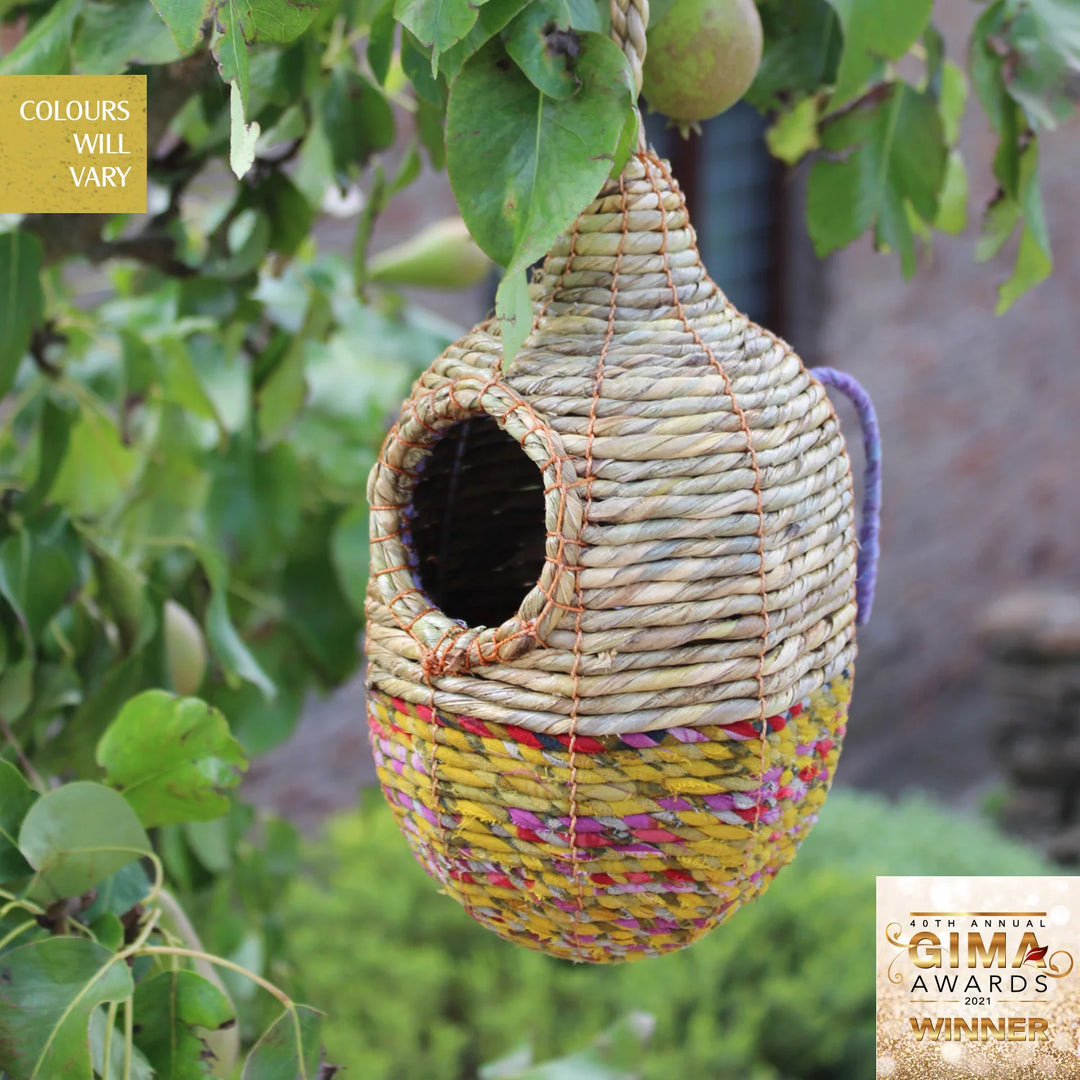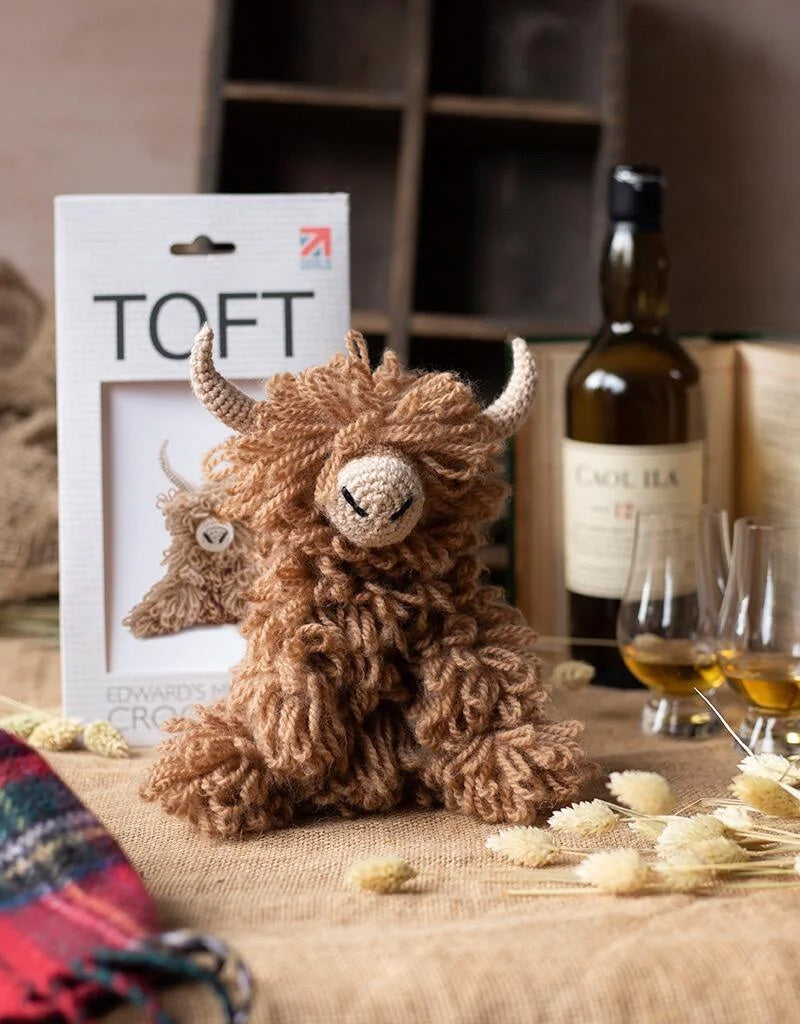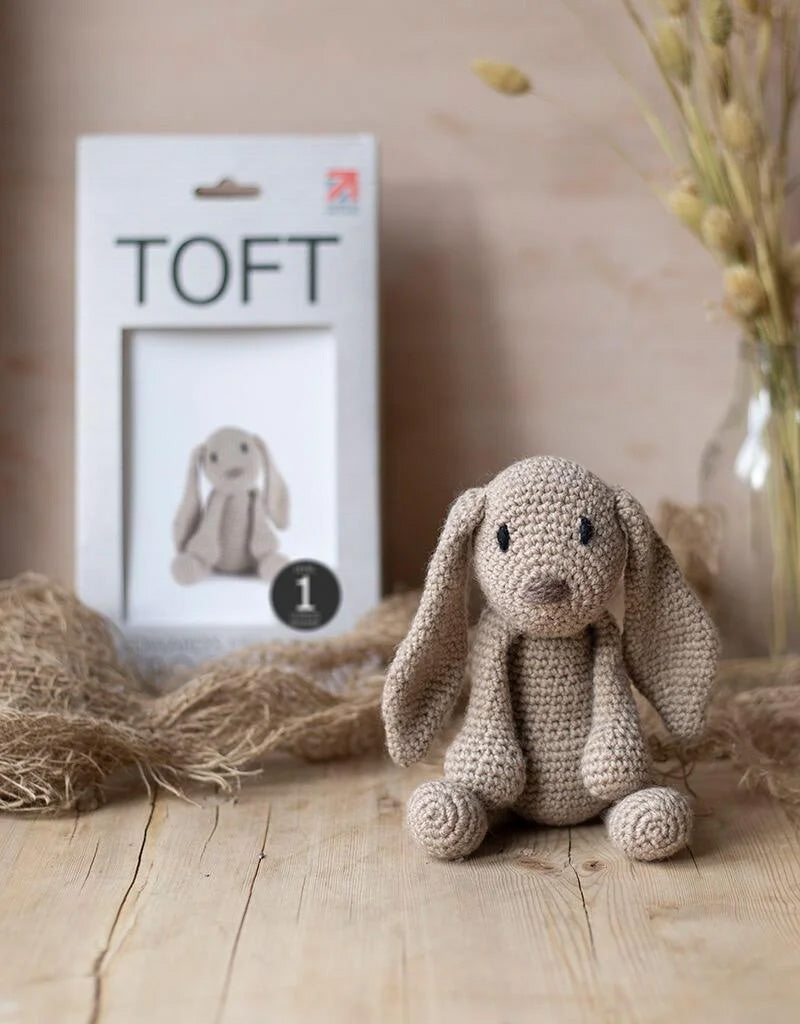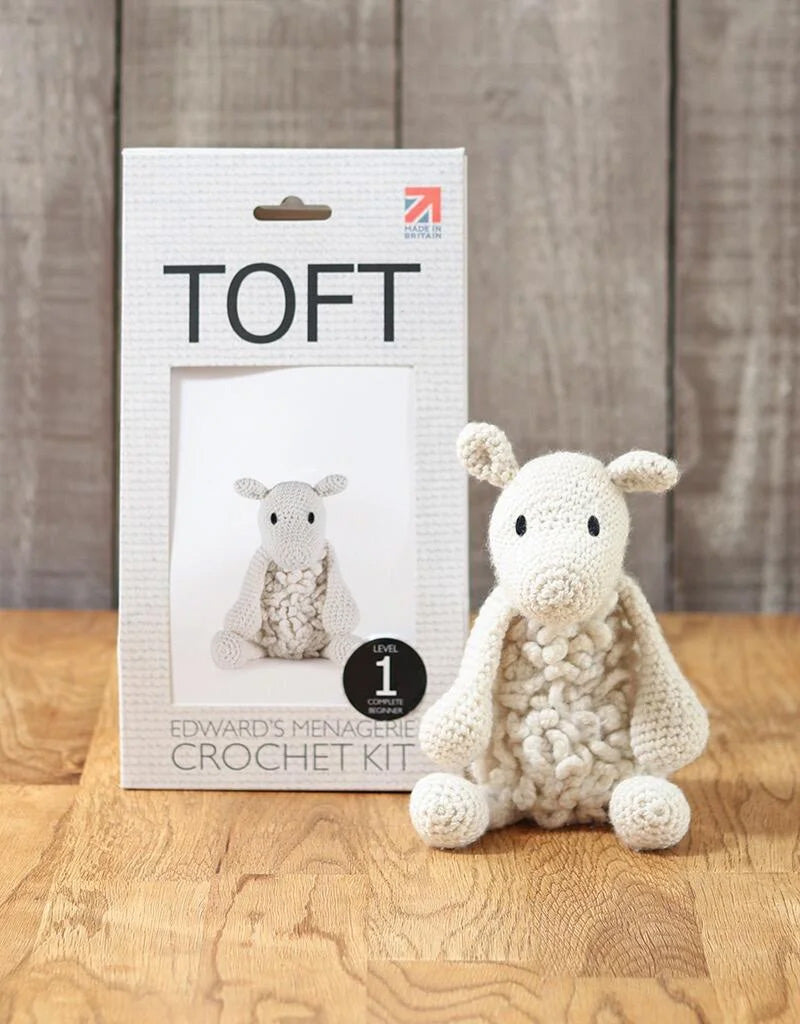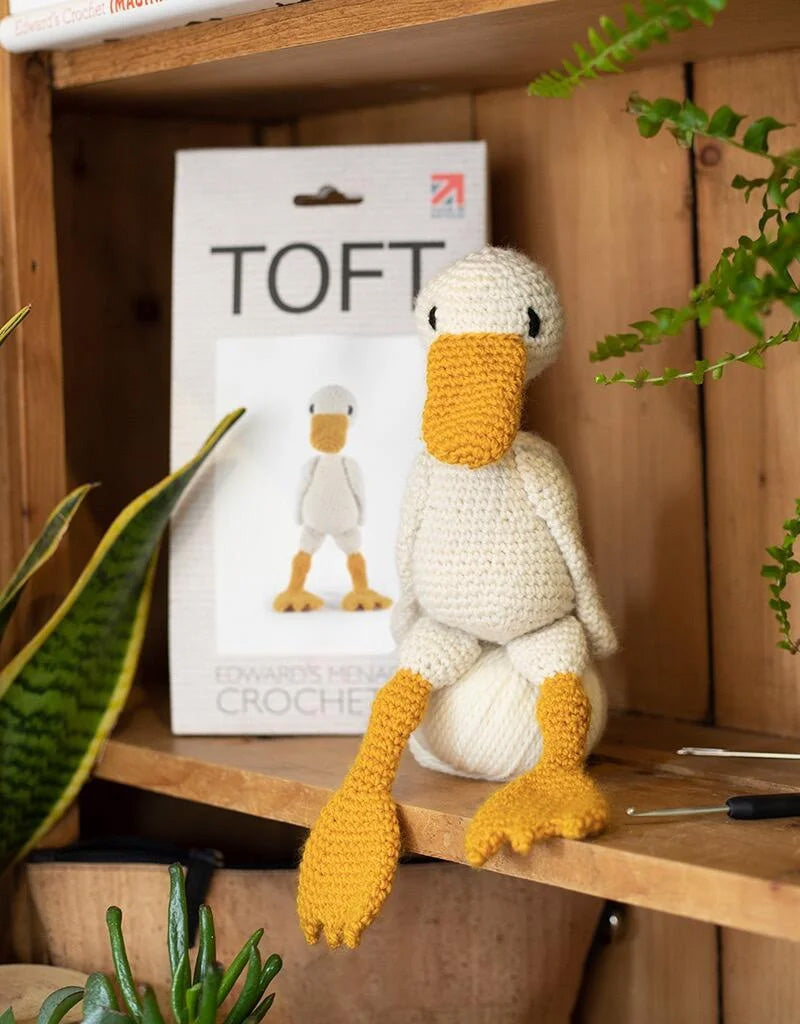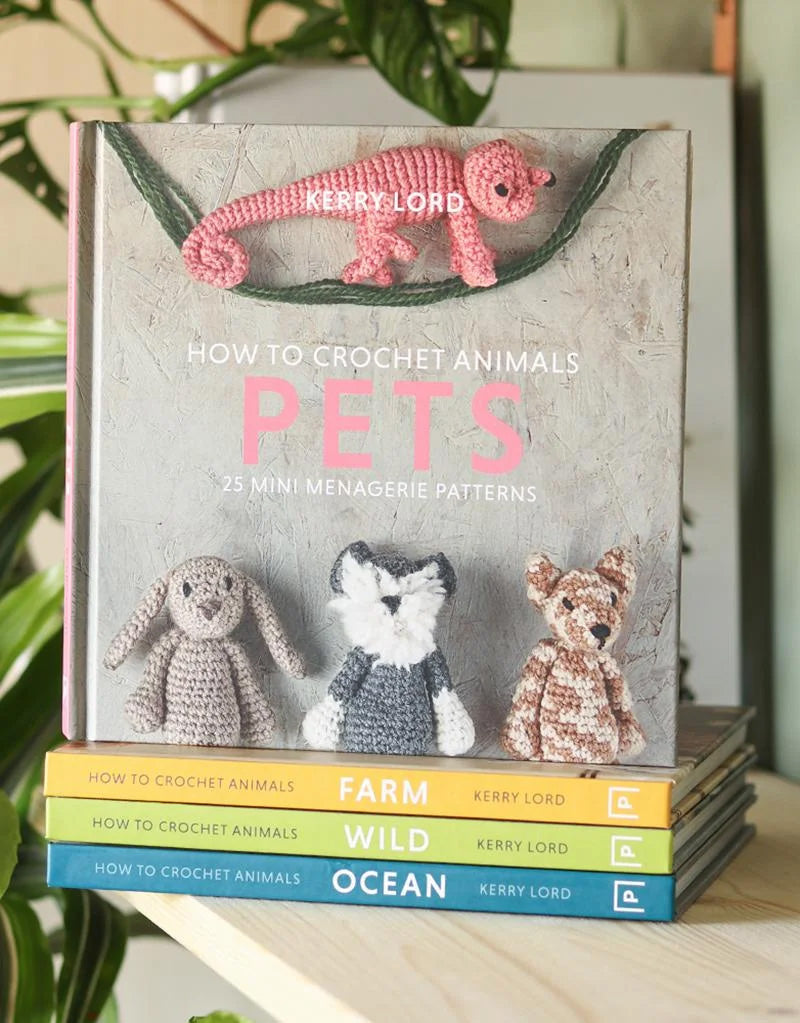Deer
In the UK, deer are a common sight in the countryside, with several species inhabiting the diverse landscapes. The most well-known species include red deer, roe deer, sika deer, muntjac, and fallow deer. Each species has its own unique characteristics, habitat preferences, and behaviors that make them fascinating creatures to observe.
The red deer is the largest species of deer in the UK, with males, known as stags, sporting impressive antlers. They are typically found in upland areas such as the Scottish Highlands and the Lake District. Red deer are herbivores, feeding on a diet of grasses, heather, and shrubs. They are also known to eat tree bark in the winter when food is scarce. Red deer are often seen in large groups called “sets” or herds, especially during the mating season known as the rut.
Roe deer are smaller in size compared to red deer and are commonly found in woodlands and farmland across the UK. They have a distinctive reddish-brown coat and are known for their agility and speed. Roe deer feed on a variety of plants, including grasses, leaves, and berries. They are solitary animals, only coming together during the breeding season.
Sika deer are another species of deer found in the UK, particularly in the forests of Scotland and the New Forest in England. They have a dark brown coat with white spots and are known for their loud, eerie calls during the rutting season. Sika deer have a varied diet, including grasses, leaves, and tree bark. They are considered an invasive species in the UK, as they compete with native deer species for food and habitat.
Muntjac deer are the smallest species of deer in the UK, with males having short antlers. They are native to Asia but were introduced to the UK in the 19th century. Muntjac deer are often found in woodlands and gardens, where they feed on a diet of leaves, fruits, and flowers. They are known for their loud barking calls, especially during the breeding season.
Fallow deer are another common species of deer in the UK, with males having palmate antlers. They are often found in parklands and woodlands across the country. Fallow deer have a varied diet, including grasses, leaves, and acorns. They are known for their distinctive coat colors, which can range from light brown to almost black.
Deer in the UK have a diverse range of habitats, from upland moors to lowland woodlands. They are adaptable animals that can thrive in a variety of environments. However, habitat loss due to urbanization and agriculture has put pressure on deer populations in recent years. Farmers often view deer as pests, as they can cause damage to crops and woodlands.
Deer are a protected species in the UK, with strict laws in place to prevent illegal hunting and poaching. The Deer Act of 1991 regulates the hunting and management of deer populations to ensure their conservation. Some species, such as the red deer and roe deer, are also protected under the Wildlife and Countryside Act of 1981.
During the winter months, deer in the UK may hibernate in order to conserve energy and survive harsh weather conditions. They often seek shelter in dense vegetation or under trees to stay warm. Deer are well-adapted to cold climates, with thick fur coats and layers of fat to insulate them from the cold.
Despite their adaptability, some species of deer in the UK are considered endangered or at risk due to habitat loss and hunting pressure. Conservation efforts are underway to protect these species and their habitats. By raising awareness about the importance of deer in the ecosystem, we can help ensure their survival for future generations to enjoy.
In conclusion, deer in the UK are fascinating creatures with a rich diversity of species and habitats. From the majestic red deer to the elusive muntjac, each species plays a vital role in the ecosystem. By understanding and appreciating these animals, we can help ensure their conservation and protection for years to come.
The red deer is the largest species of deer in the UK, with males, known as stags, sporting impressive antlers. They are typically found in upland areas such as the Scottish Highlands and the Lake District. Red deer are herbivores, feeding on a diet of grasses, heather, and shrubs. They are also known to eat tree bark in the winter when food is scarce. Red deer are often seen in large groups called “sets” or herds, especially during the mating season known as the rut.
Roe deer are smaller in size compared to red deer and are commonly found in woodlands and farmland across the UK. They have a distinctive reddish-brown coat and are known for their agility and speed. Roe deer feed on a variety of plants, including grasses, leaves, and berries. They are solitary animals, only coming together during the breeding season.
Sika deer are another species of deer found in the UK, particularly in the forests of Scotland and the New Forest in England. They have a dark brown coat with white spots and are known for their loud, eerie calls during the rutting season. Sika deer have a varied diet, including grasses, leaves, and tree bark. They are considered an invasive species in the UK, as they compete with native deer species for food and habitat.
Muntjac deer are the smallest species of deer in the UK, with males having short antlers. They are native to Asia but were introduced to the UK in the 19th century. Muntjac deer are often found in woodlands and gardens, where they feed on a diet of leaves, fruits, and flowers. They are known for their loud barking calls, especially during the breeding season.
Fallow deer are another common species of deer in the UK, with males having palmate antlers. They are often found in parklands and woodlands across the country. Fallow deer have a varied diet, including grasses, leaves, and acorns. They are known for their distinctive coat colors, which can range from light brown to almost black.
Deer in the UK have a diverse range of habitats, from upland moors to lowland woodlands. They are adaptable animals that can thrive in a variety of environments. However, habitat loss due to urbanization and agriculture has put pressure on deer populations in recent years. Farmers often view deer as pests, as they can cause damage to crops and woodlands.
Deer are a protected species in the UK, with strict laws in place to prevent illegal hunting and poaching. The Deer Act of 1991 regulates the hunting and management of deer populations to ensure their conservation. Some species, such as the red deer and roe deer, are also protected under the Wildlife and Countryside Act of 1981.
During the winter months, deer in the UK may hibernate in order to conserve energy and survive harsh weather conditions. They often seek shelter in dense vegetation or under trees to stay warm. Deer are well-adapted to cold climates, with thick fur coats and layers of fat to insulate them from the cold.
Despite their adaptability, some species of deer in the UK are considered endangered or at risk due to habitat loss and hunting pressure. Conservation efforts are underway to protect these species and their habitats. By raising awareness about the importance of deer in the ecosystem, we can help ensure their survival for future generations to enjoy.
In conclusion, deer in the UK are fascinating creatures with a rich diversity of species and habitats. From the majestic red deer to the elusive muntjac, each species plays a vital role in the ecosystem. By understanding and appreciating these animals, we can help ensure their conservation and protection for years to come.
